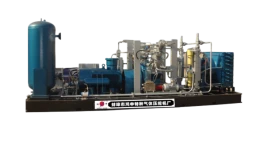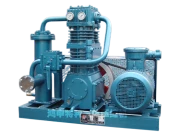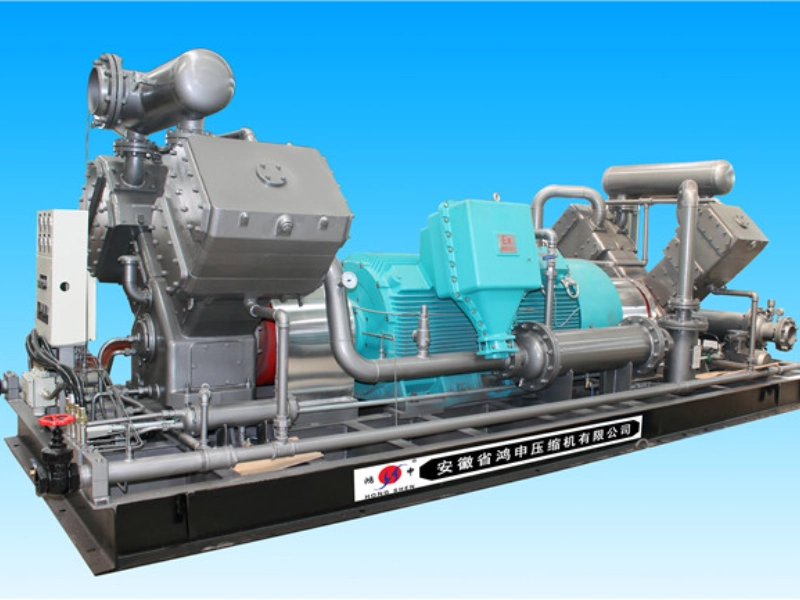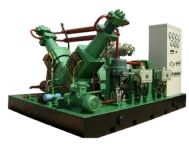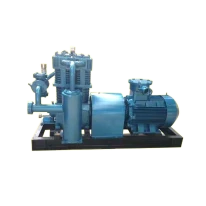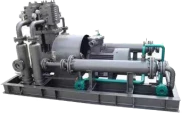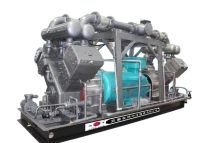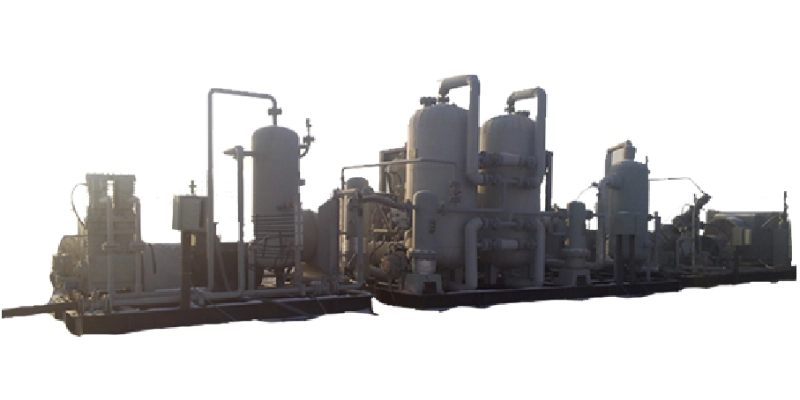As the demand for cleaner energy alternatives increases, natural gas stations have become an important part of the transportation landscape. With their role in fueling natural gas-powered vehicles, many people are concerned about the safety of these facilities. The answer, in short, is yes—natural gas stations are generally safe. However, like any infrastructure dealing with potentially hazardous materials, they require careful design, operation, and maintenance to ensure safety. This article will explore the safety measures in place at natural gas stations and how they work to minimize risks.
1. State-of-the-Art Equipment and Regular Maintenance
Natural gas stations rely on advanced equipment, including storage tanks, pipelines, and dispensers. These components must meet rigorous safety standards to operate effectively. The safety of these stations begins with high-quality materials and engineering. Storage tanks and piping systems are built to withstand high pressure and designed to handle methane, the primary component of natural gas.
Regular maintenance and inspections are critical to ensure that the equipment remains in good working condition. Periodic checks are conducted to detect any wear or potential faults that could pose a safety risk. When necessary, parts are replaced or repaired to maintain the integrity of the system.
2. Leak Detection and Monitoring Systems
Natural gas is colorless, odorless, and highly flammable, which means detecting leaks is crucial for safety. To address this, natural gas stations are equipped with sophisticated leak detection and monitoring systems. These systems continuously monitor gas levels in and around the facility, immediately alerting operators to any abnormalities.
If a leak is detected, the natural gas station system can automatically shut down the gas supply and activate alarms to notify both personnel and nearby individuals. This quick response minimizes the risk of fire or explosion, ensuring that any issue is addressed promptly.
3. Fire Safety Measures
Because natural gas is flammable, fire safety is a primary concern at fueling stations. Natural gas stations are designed with various fire prevention measures in place. Fire suppression systems, including sprinklers and fire extinguishers, are strategically located throughout the station. These systems are activated in case of a fire, preventing the spread of flames and mitigating potential damage.
In addition, natural gas stations are designed with firewalls and explosion-proof equipment to contain any hazards. Emergency shutdown valves are also installed to stop the flow of gas in the event of a fire or other emergency, reducing the risk of further escalation.
4. Trained Professionals and Emergency Procedures
The safety of a natural gas station relies heavily on the people operating it. Station employees are thoroughly trained in handling fueling equipment, recognizing potential risks, and responding to emergencies. They are trained to deal with situations such as gas leaks, fires, or other emergencies that could arise on-site.
In addition to employee training, natural gas stations have well-established emergency response plans. These plans outline the steps that should be taken in case of an emergency, such as evacuating the premises, alerting emergency services, and shutting down equipment safely.
5. Site Design and Location
The physical design and location of natural gas stations are also important safety factors. Stations are carefully planned to minimize risks to people and property. For instance, they are typically located away from densely populated areas, reducing the potential impact of an incident. The layout inside the station is organized to separate fueling areas from other parts of the facility, preventing accidents from spreading.
Additionally, stations are built with adequate ventilation to prevent the accumulation of gas. Ventilation systems ensure that any leaked gas is safely dispersed into the atmosphere, reducing the risk of hazardous concentrations.
6. Ongoing Safety Improvements
The natural gas industry continues to evolve, with ongoing improvements in safety technologies and practices. Advances in automation and remote monitoring systems allow operators to keep a closer eye on stations and respond more quickly to any potential problems. The growing focus on renewable energy sources also means that new methods and technologies are constantly being developed to make natural gas stations even safer.
Conclusion
Natural gas stations, like any fueling facility, have inherent risks. However, with state-of-the-art equipment, strict maintenance routines, advanced leak detection, and comprehensive safety measures in place, they are designed to operate safely. Regular inspections, operator training, and site-specific safety protocols further enhance the protection of both station personnel and the surrounding community.
As the world shifts toward cleaner energy alternatives, the role of natural gas stations will continue to grow. By prioritizing safety, these stations can provide a reliable, environmentally-friendly fueling option without compromising public safety.
When properly managed, natural gas stations offer a safe and effective way to fuel vehicles, supporting the transition to a cleaner energy future.

